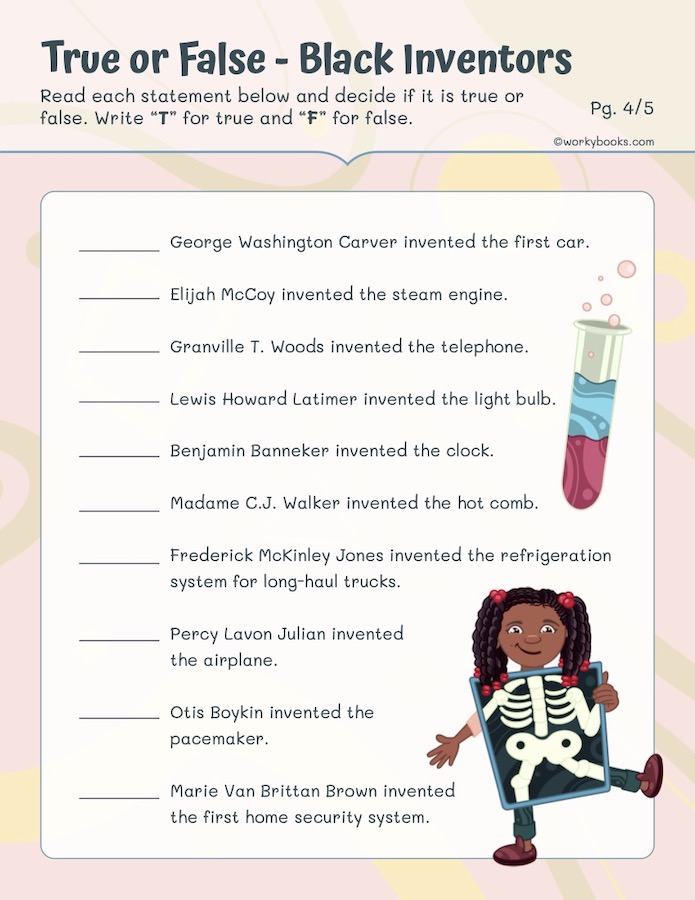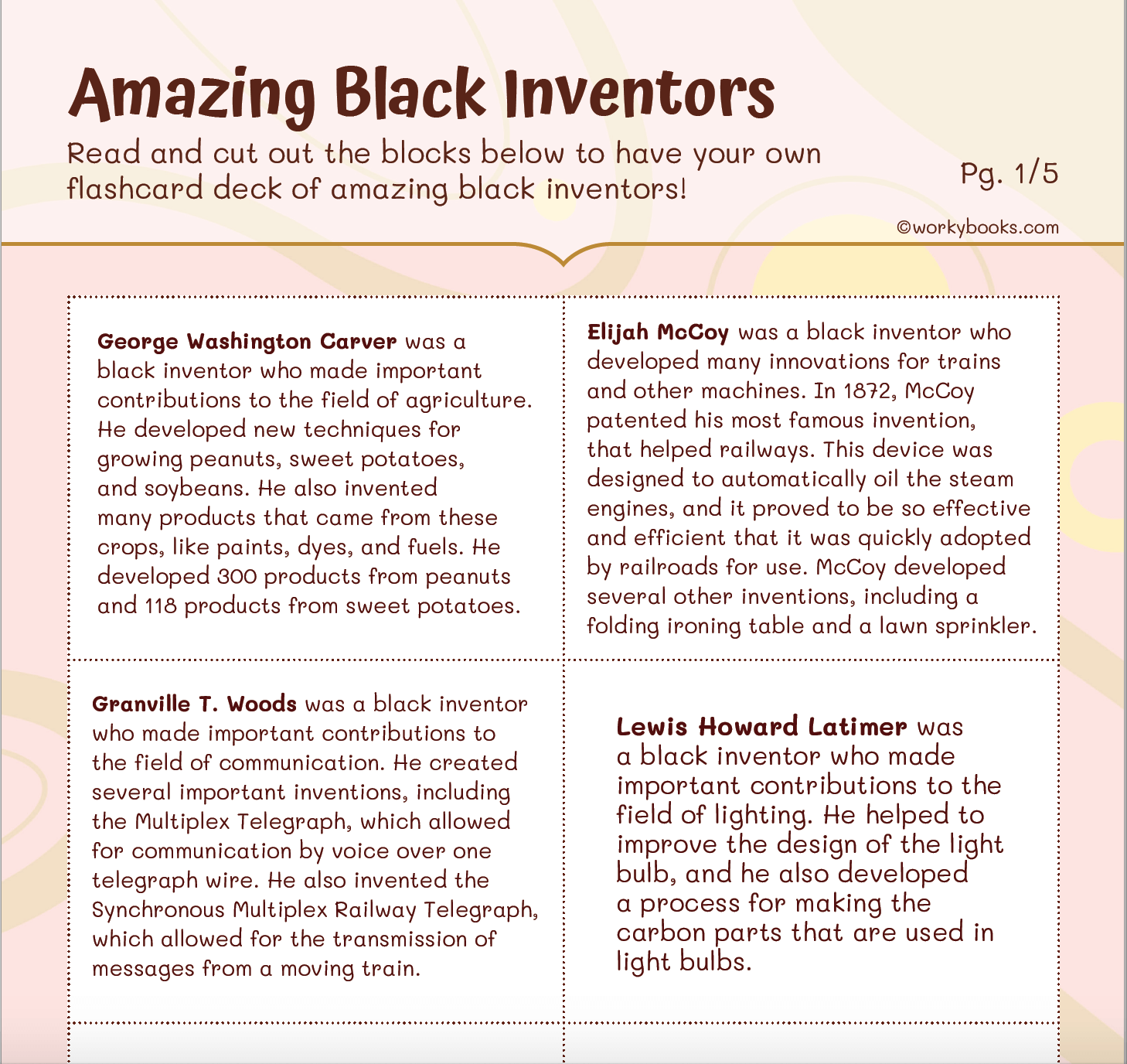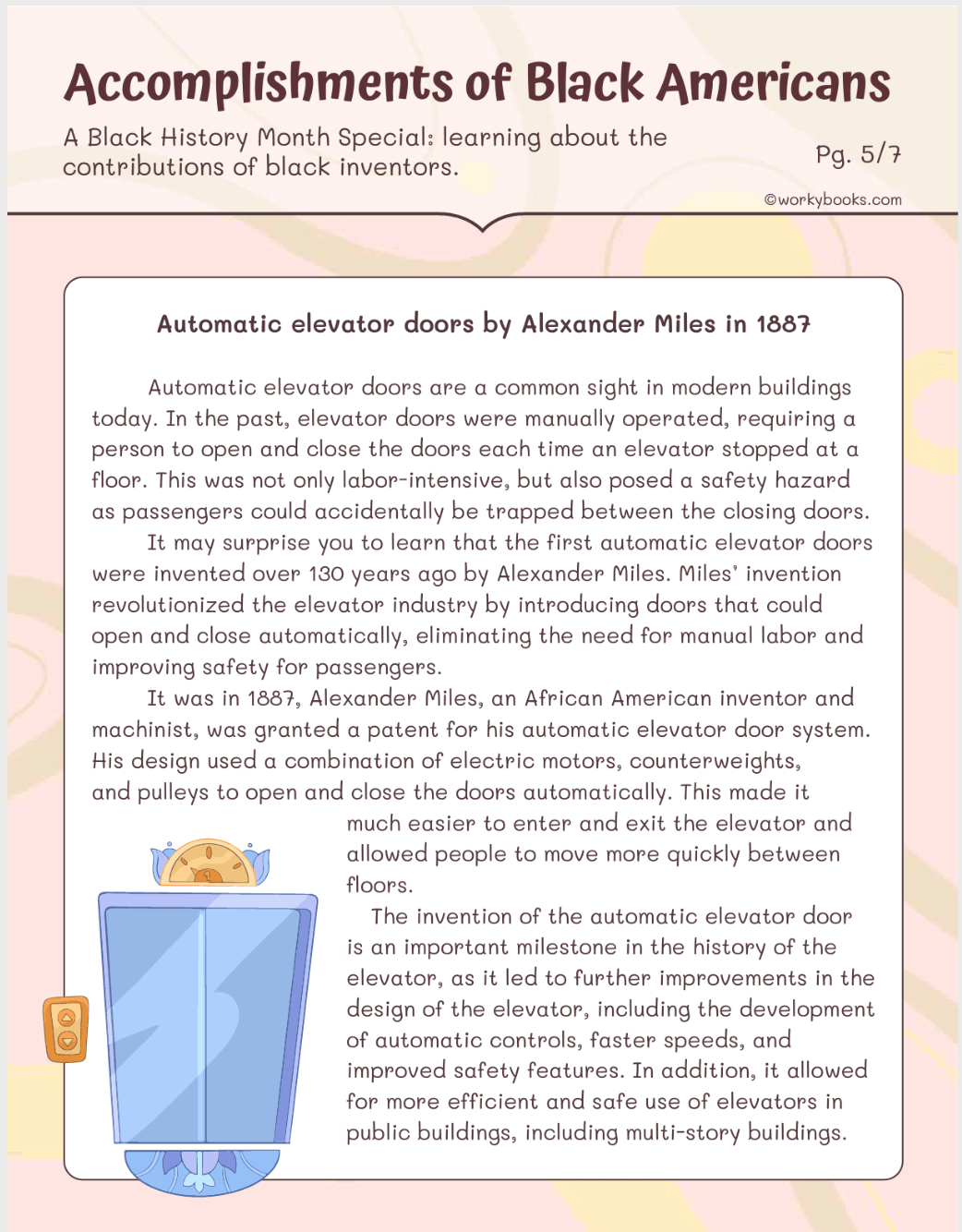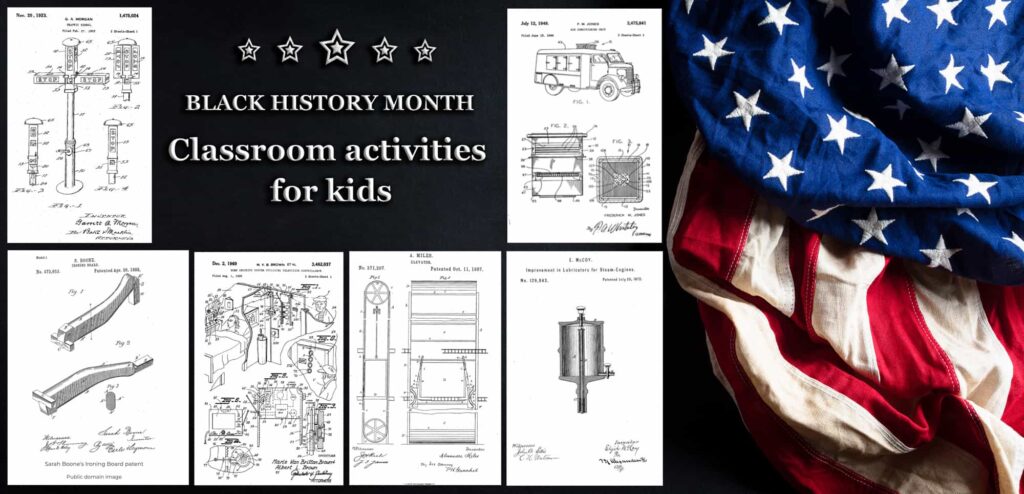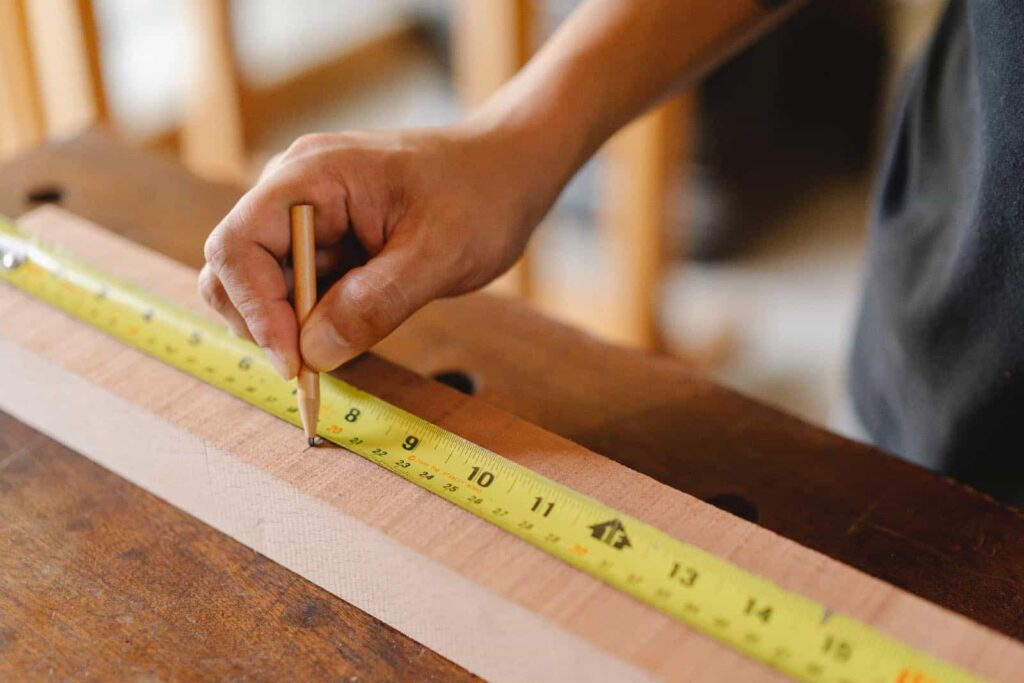6 Black Inventors Who Improved Our Lives

February marks the celebration of Black History Month, and it’s a great opportunity to integrate activities and education around black inventors into lesson plans.
Are you familiar with some of the amazing inventions created by famous black inventors? From producing electricity to inventing the modern traffic light, these inventors have had a lasting impact on our lives and the world at large. Let’s take a look at 6 incredible African American or black inventors who improved our lives.
List of 6 Incredible Black Inventors Who Improved Our Lives
1. Inventions by Lonnie Johnson
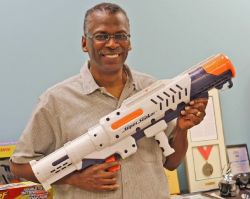
Lonnie Johnson is a famous scientist and inventor who has made amazing contributions to the world. He is best known for inventing the Super Soaker water gun, which is a fun toy that millions of children around the world enjoy playing with.
He also invented other things like heat pump technology, a refrigerator and air conditioning system. In addition to inventing these amazing things, Lonnie Johnson has also been a role model for many. He encourages young people to pursue careers in science, technology, engineering, and math (STEM). He also speaks to students about the importance of hard work, perseverance, and never giving up.
2. Improved Ironing Board by Sarah Boone in 1892
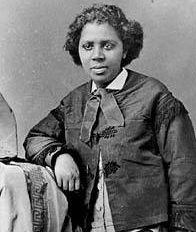
Do you ever have to iron your clothes? Maybe your shirt is all wrinkled, and you want to make it look nice and smooth again. Well, a long time ago, people didn’t have special boards to iron on. They would use their kitchen table or a flat piece of wood between two chairs. But, did you know that in 1892, an African American inventor named Sarah Boone made the ironing board we know and use today? She was one of the famous black women inventors.
Before Sarah Boone, there were ironing boards, but they weren’t as effective. There was a wooden block that was patented in 1858 by a man named W. Vandenburg, and another one that was portable, patented in 1874 by an African Canadian American engineer and inventor named Elijah McCoy. But Sarah Boone’s design was different and better!
She made it so it fit the sleeves and bodies of women’s clothing better by curving the edges. It was “particularly adapted” for ironing ladies’ garments. Sarah Boone was one of the first Black women in U.S. history to receive a patent for her invention!
Today, ironing boards are similar to Sarah Boone’s with a few upgrades. For example, modern boards often have adjustable legs and removable covers.
3. The Three-Light Traffic Signal by Garrett Morgan in 1923
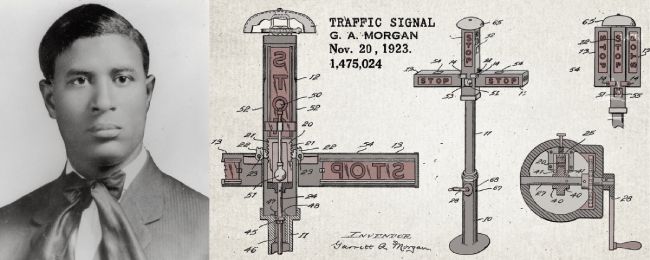
“Do you ever wonder how traffic lights work? In older days, traffic lights only had two lights that would change from red to green. At times, drivers didn’t know when to stop or go. Can you imagine how dangerous that would be?
Garrett Morgan solved this problem by introducing a third light that was placed in the middle of the other two. In 1923, Morgan invented the three-light traffic signal. The light in the middle was shaped like a T, hence the name “T-shaped traffic signal.”
The three-light traffic signal was a major improvement over the double-light traffic signal, as it allowed for more precise control of traffic flow. It also made it easier for drivers to understand when they should stop or go, which helped to reduce the number of traffic accidents.
In addition to inventing the three-light traffic signal, Morgan was also known for his work in the field of firefighting. He invented a smoke hood that protected firefighters from inhaling smoke, as well as a chemical fire extinguisher.
4. Home Security System by Marie Van Brittan Brown in 1966
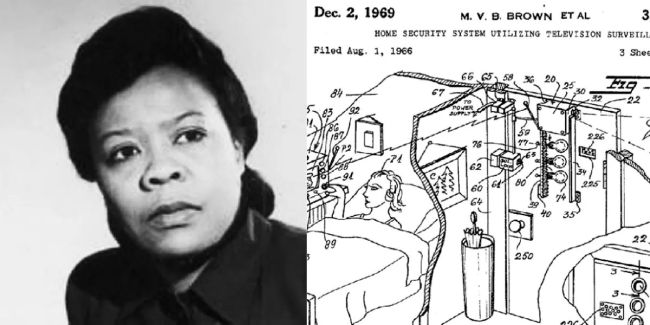
Marie Van Brittan Brown, an African American inventor, patented the first home security system in 1966. After a series of break ins in her house and lack of response from her local police department, Brown decided to invent a security system of her own.
She came up with a plan to install a system of locks, peepholes, and monitors to ensure that she and her husband were safe in their own home. The system was made up of four main components – a closed-circuit television, a remote control, a monitor and intercom system, and a two-way voice communication device.
Closed-circuit television, invented during World War II for military use, was not widespread in the 1960s, and Marie Brown used this technology to create the first modern home security system.
The system was incredibly innovative for its time and has since become a standard feature in most homes. Today, home security systems have become even more sophisticated, with features like motion sensors, remote access, and wireless connection.
5. Automatic Elevator Doors by Alexander Miles in 1887
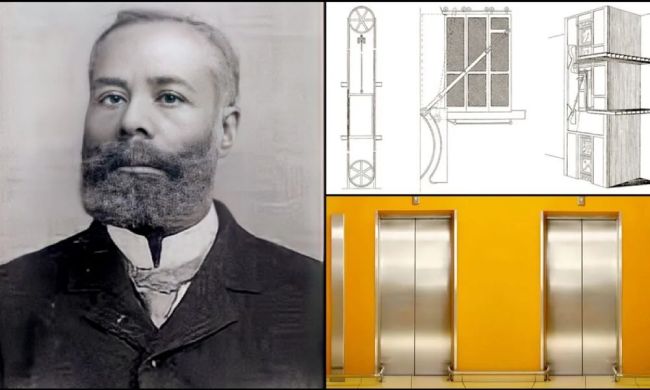
Automatic elevator doors are a common sight in modern buildings today. In the past, elevator doors were manually operated, requiring a person to open and close the doors each time an elevator stopped at a floor. This was not only labor-intensive, but also posed a safety hazard as passengers could accidentally be trapped between the closing doors.
It may surprise you to learn that the first automatic elevator doors were invented over 130 years ago by Alexander Miles. Miles’ invention revolutionized the elevator industry by introducing doors that could open and close automatically, eliminating the need for manual labor and improving safety for passengers.
It was in 1887 when Alexander Miles, an African American inventor and machinist, was granted a patent for his automatic elevator door system. His design used a combination of electric motors, counterweights, and pulleys to open and close the doors automatically. This made it much easier to enter and exit the elevator and allowed people to move more quickly between floors.
The invention of the automatic elevator door is an important milestone in the history of the elevator, as it led to further improvements in the design of the elevator, including the development of automatic controls, faster speeds, and improved safety features. In addition, it allowed for more efficient and safe use of elevators in public buildings, including multi-story buildings.
6. Refrigerated Trucks by Frederick McKinley Jones in 1940
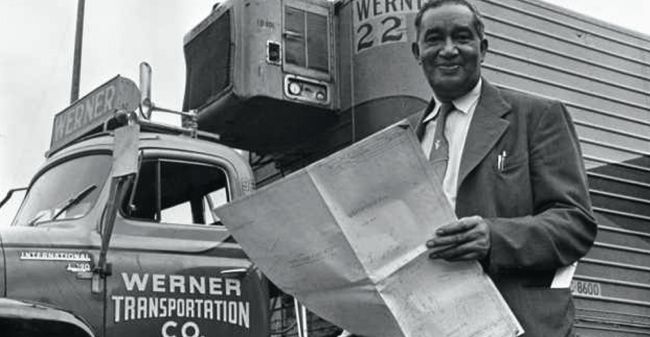
The invention of refrigerated trucks is attributed to Frederick McKinley Jones, an African American inventor, who patented the first portable, mechanical refrigeration system for trucks in 1940. He was a highly skilled mechanic and inventor and held over 60 patents for his various inventions.
However, his most significant invention was the refrigerated truck. Prior to the development of refrigerated trucks, perishable goods were transported in ice-filled railcars or on the backs of horses and mules. These methods often resulted in spoiled or damaged goods. Jones’ refrigerated truck, invented in 1940, was equipped with a refrigeration unit that used compressed gasses to keep the truck’s interior at a constant, cool temperature.
Jones’ refrigerated truck revolutionized the transportation industry and greatly expanded the range and variety of perishable goods that could be transported. It also helped to reduce food waste and increase the availability of fresh produce and other goods in areas that were previously difficult to reach.
Creating a lesson plan to highlight the accomplishments of Black inventors and their inventions is an important way to recognize the vital role they have played in the development of the nation. This lesson plan can be adapted to fit any grade level and can serve as an excellent starting point to introduce this important topic. Check it out now!
